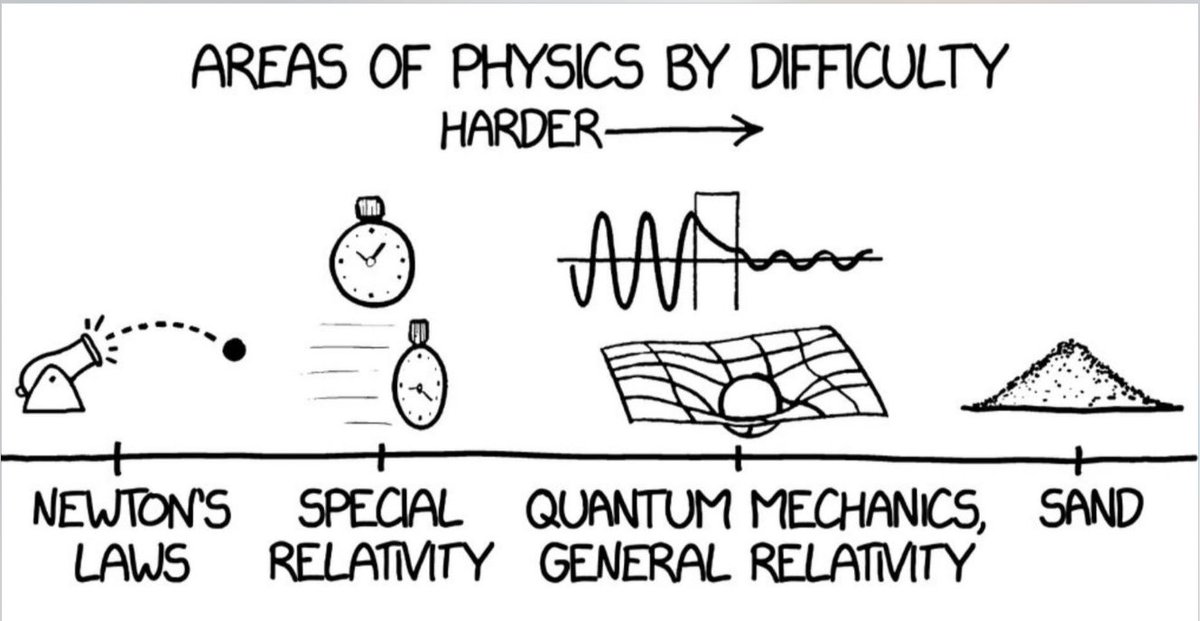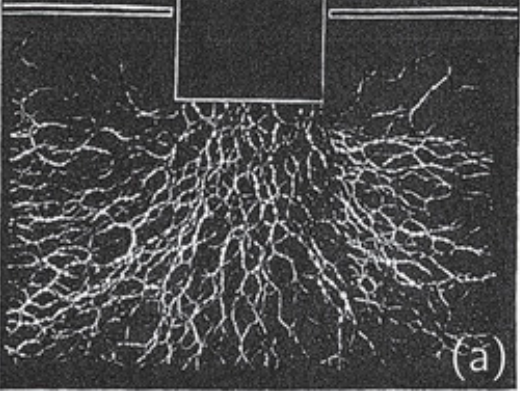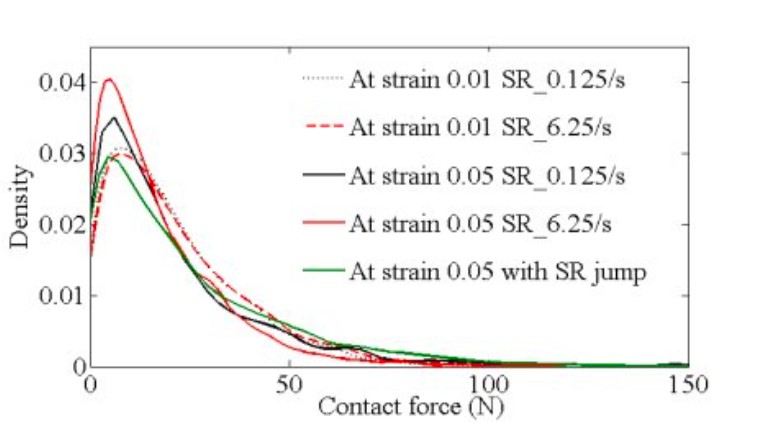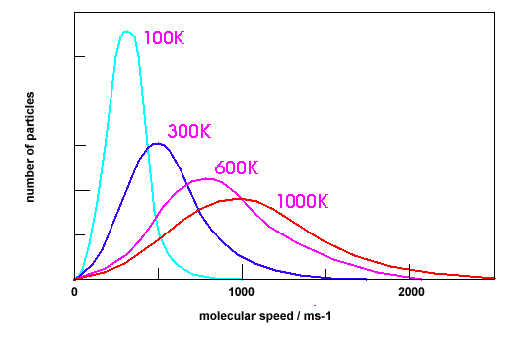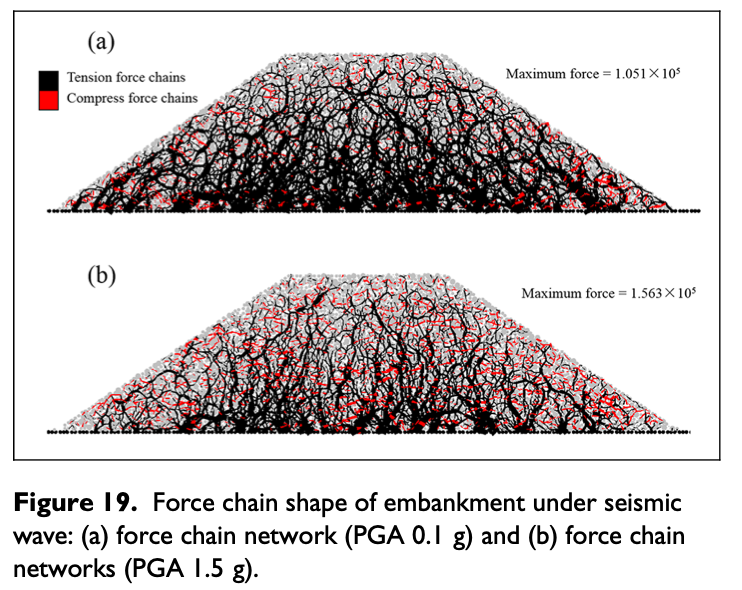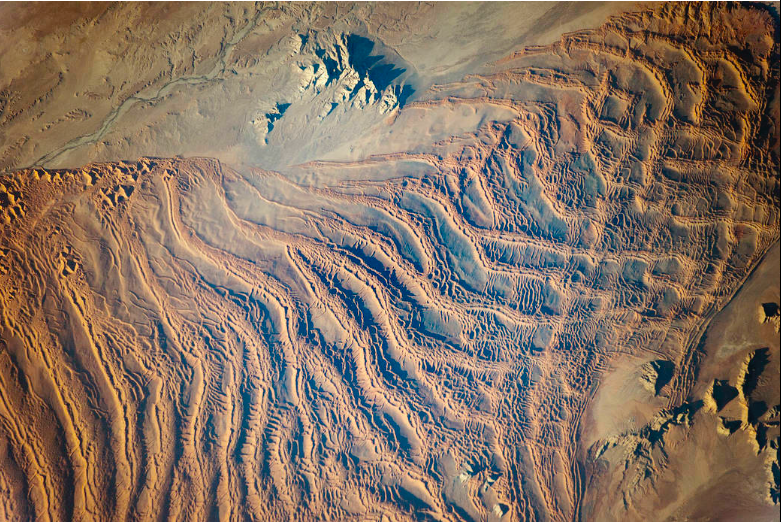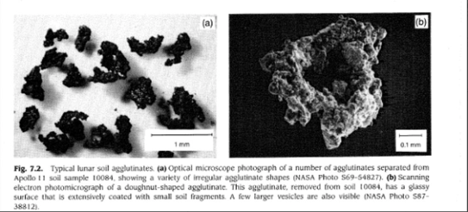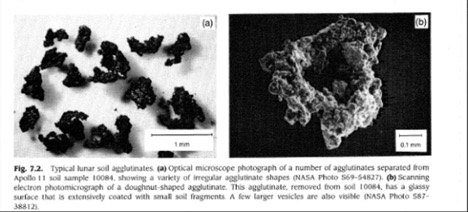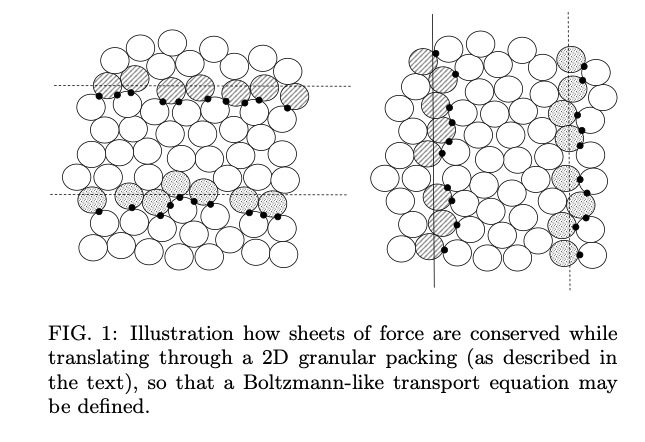1/n. We were discussing this comic by @xkcd while examining simulated lunar regolith, today. It came from this great piece about research by physicist Dr. Karen Daniels on why SAND PHYSICS is so dang difficult. (THREAD) https://www.nytimes.com/2020/11/09/science/what-makes-sand-soft.html?auth=login-email&login=email">https://www.nytimes.com/2020/11/0...
2/ Once long ago, I co-chaired a workshop called "NASA& #39;s Workshop on Granular Mechanics in Lunar & Martian Exploration." The other co-chairs included some of the world& #39;s leading experts in "sand physics". I casually told them, "Yeah, I think it will take 50 years to solve this."
3/ Bob Behringer (Duke University, a world-renowned expert in sand physics) laughed in my face and said, "MORE LIKE 200 YEARS!" That was 20 years ago. If I were correct that it would take 50 years, we should have solved 40% of sand physics by now. If Bob were right, then 10%.
4/ Without any doubt, we& #39;ve solved nowhere near 40% of sand physics in the past 20 years. I& #39;m not sure we even solved 10%. More like 3%. That doesn& #39;t mean we haven& #39;t made great progress. It& #39;s just that there is SO MUCH we do not know about sand. Sand is difficult! An example...
5/ When you stand on sand, your body& #39;s weight does not spread out uniformly through the sand. Instead, it spreads out like lightning bolts! Some sand grains carrying most of the weight and other grains carrying very little. Source: Karen Daniels et al. https://aip.scitation.org/na101/home/literatum/publisher/aip/journals/content/rsi/2017/rsi.2017.88.issue-5/1.4983049/20170714/images/medium/1.4983049.figures.online.f1.jpg">https://aip.scitation.org/na101/hom...
6/ Granular physicists call these heavy-load pathways the "force chains". Here& #39;s a video showing force chains as a ball falls into a granular material. Source: https://www.youtube.com/watch?v=R7g6wdmYB78">https://www.youtube.com/watch...
7/ Understanding how force spreads in sand is one of the very first things we need to know to be able to predict how sand will move. This should be the easy part. The hard part should be how it responds to the force. But even this is HARD. (Image: https://physicstoday.scitation.org/doi/10.1063/1.3226776)">https://physicstoday.scitation.org/doi/10.10...
8/ Brute-force computer modeling can calculate the exact force that arises where each sand grain touches another grain. This plot shows how many grain-to-grain contacts have each value of force. Lots of contacts have low force. Few have high force.(Source: https://www.researchgate.net/publication/328852281_Micromechanical_Insights_of_Strain_Rate_Effect_on_Crushable_Granular_Materials/figures?lo=1">https://www.researchgate.net/publicati...
9/ Physicists realized this is similar to the way energy is distributed in the molecules of a gas. Here is a computer simulation of gas molecules. Some molecules go fast. Others go slow. The energy "spreads out" like the forces between sand grains. (Source: https://commons.wikimedia.org/wiki/File:Translational_motion.gif">https://commons.wikimedia.org/wiki/File...
10/ If you extract from the computer model the velocity of each molecule at one moment of time, the plot of velocities is like this (this is for different temperatures). Compare to the plot of forces in sand. It& #39;s similar in an intriguing way. (Source: https://ibchem.com/IB/ibnotes/full/sta_htm/Maxwell_Boltzmann.htm)">https://ibchem.com/IB/ibnote...
11/ Gas molecules spread out their energy by colliding through time, and after a short amount of time they achieve that classic distribution (the Boltzmann distribution). But sand grains spread out their force over SPACE, not over time. And... (source: https://journals.sagepub.com/doi/pdf/10.1177/1550147718794611)">https://journals.sagepub.com/doi/pdf/1...
12/ (here it is)...while there is only ONE time dimension, there are THREE space dimensions. While there is only ONE conservation of kinetic energy, there are THREE conservations of force. There is only ONE temperature, but there are THREE principle elements of the stress tensor.
13/ So the forces in a sand pile is equivalent to the energy in thermodynamics but WITH THREE TIME DIMENSIONS. To solve the equations, you literally have to expand physics to have three time dimensions. And that is just for static sand -- sand that isn& #39;t even moving.
14/ Here& #39;s a paper I wrote about this a few years ago. This treats the forces in sand like a gas but with three time dimensions. This accurately predicts the distributions of forces in the sand. https://journals.aps.org/pre/pdf/10.1103/PhysRevE.77.011307?casa_token=jskzgh1pR5kAAAAA%3AUcgAQmpNCfBfGgj4oqoGO9rjyPjGG0wxxo2f9FVeerFX3H0DP3qQ3tcnRKm6pWcDfwVkSukTy3u7SMg">https://journals.aps.org/pre/pdf/1...
15/ But I could only solve a special case, where the stresses are equal in each direction, and where the grains are perfectly round and frictionless and cohesionless. It gets far more complicated with realistic sand! Sand through a microscope: https://www.businessinsider.com/images-of-sand-grains-through-a-microscope-2014-1">https://www.businessinsider.com/images-of...
16/ And it is even worse for lunar soil grains because of their exotic shapes and very wide range of sizes. They have never been "geologically sorted" or rounded by tumbling in the wind and rivers and ocean waves. (Source: NASA)
17/ So today an engineer at @mastenspace, and a geologist, and a planetary physicist from @UCF were discussing how rocket exhaust blows lunar and how it is (still) impossible to solve the physics..THEREFORE we need to take direct measurements of how it behaves on the Moon.
18/18 NASA will do a press release on the newest results and I& #39;m looking forward to sharing soon!
19/ I just realized the link to my paper is paywalled, so here is the open-access preprint version: https://arxiv.org/pdf/cond-mat/0606298.pdf">https://arxiv.org/pdf/cond-...

 Read on Twitter
Read on Twitter
